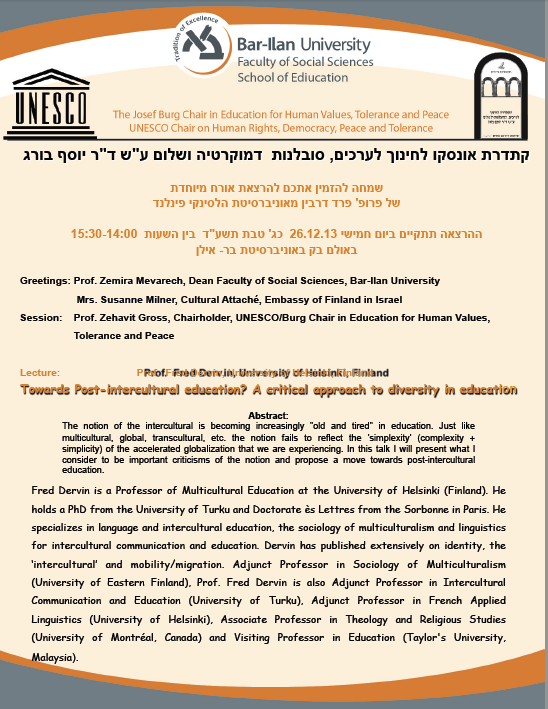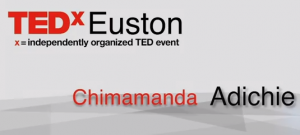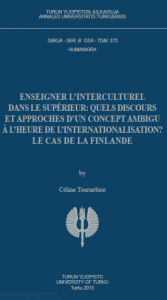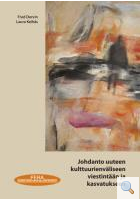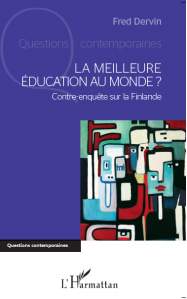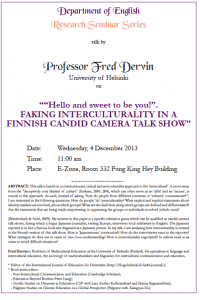Creating Imaginaries around “Ethnic” Success
(From Yle News)
“Last week General Motors promoted Mary Barra, whose maiden name was the distinctly Finnish-sounding “Makela”, to become the company’s first female CEO. Finnish media set out to find out just how Finnish she was, but their methods betrayed different approaches.
The tabloid Ilta-Sanomat decided it would cover the story by emailing the GM press office, which replied confirming Barra’s Finnish roots–her grandparents were Finnish. The headline “GM’s new boss speaks a little Finnish” ensured the paper’s readers were not confused by a foreign business story appearing on page three of the tabloid.
Helsingin Sanomat, on the other hand, sent US correspondent Tuomas Niskakangas to the Detroit suburbs to investigate. He knocked on doors near her childhood home, asked her former neighbours about her, and dug out stories about her high school days. Her childhood friend knew nothing of Barra’s Finnish background, however, leaving Niskakangas to conclude that “the United States really is a country of immigrants, full of unusual names”.
By the end of the story he too had made contact with the GM publicity machine and received confirmation of Barra’s Finnishness, leaving him to remark wryly that “on the basis of this information we can declare Mary Barra to have a ‘Finnish background’. Long live Finnish business knowhow!”.”
New Ted Talk by Chimamanda Adichie
Forth. in my Post-intercultural Communication and Education Books series
Theoretical Turbulence in Intercultural Communication Studies
Editor: Saila Poutiainen
Date Of Publication: Jan 2014
Isbn13: 978-1-4438-5353-8
Isbn: 1-4438-5353-4
A number of researchers, trainers and educators in intercultural communication acknowledge that the most popular models and theories of the field are insufficient—even unsuitable—to describe or explain our practical multicultural experiences today. This collection of articles offers new insights and critical evaluations of, intercultural communication theory and research. Authors from a variety of disciplines discuss, for example, methodological concerns; Chinese exceptionalism; micro and macro level interactions; ways to teach and study perceptions and self-awareness; and also provide new constructions for understanding communication and culture and their relationship.
Doctoral defense on teaching the intercultural in Finland
Celine Tournebise will defend her doctoral thesis entitled “Enseigner l’interculturel dans le supérieur: quels discours et approches d’un concept ambigu à l’heure de l’internationalisation? Le cas de la Finlande” on 13.12.2013 in Metz France.
The thesis was co-supervised by myself and Guy Achard-Bayle.
This work has an important message for those of us who work on intercultural communication education in Finland (and elsewhere?): we seriously need to review the ways we teach about interculturality!
Abstract
The « intercultural » is rarely defined by researchers or media as it is perceived as transparent while its interpretations and applications vary in many ways. This leads to misunderstandings and ambiguous positioning. In parallel, several critics and reorientation propositions arise. I intend to define the scope of the concept and its integration in educational contexts. This study is based on the analysis of six focus groups involving lecturers (-researchers) specialised in intercultural communication in higher education in Finland. It reviews the different perceptions of ―the intercultural‖ that can be found through their discourses. I use discourse analysis from French authors, more particularly the theories of enunciation (Kerbrat-Orecchioni, 2009 ; Marnette, 2005) and an approach to dialogism inspired by Bakhtin (1977) who stated that all discourses include the voice of the Other (Rabatel, 2008; Vion, 2005). Mapping the presence of voices in the discourses of lecturers helped me demonstrate how these voices participate in the co-construction of their identity and what their impact on the teacher‘s conceptualization of interculturality is. The analysis revealed that a) discourses about ―the intercultural‖ are shared in spite of its polysemic definitions and approaches and b) the different representations of the concept can vary in the speech of the same teacher, showing contradictions that can be a problem when teaching a savoir-être (life skills) to learners. This study also aimed at finding the place of a renewed interculturality in Finnish higher education and intended to dissociate the image of the intercultural as it is promoted in the country from what is actually taught in practice: the latest and ongoing changes seem to have very little impact on the way these practitioners talk about the ―intercultural‖. I conclude asking the question of how the Finnish government can promote a coherent Intercultural Education without offering its teachers/researchers a training that could help them recognize the diverse diversities implied by a renewed interculturality. Keywords: Intercultural Communication, diversity, culture, Finnish Higher Education.
Click on the book cover below to access her work (in French)
Review of JOHDANTO UUTEEN KULTTUURIENVÄLISEEN VIESTINTÄÄN JA KASVATUKSEEN
Identity and power in HK
Finnish education: The end of the dream?
Job at Helsinki (Finnish)
YLIOPISTONLEHTORIA
1.8.2014 alkaen. Tehtävän ala on kasvatustiede.
Yliopistonlehtorin tehtävänä on antaa kasvatustieteen opetusta pääasiassa luokanopettajan ja varhaiskasvatuksen koulutuksissa sekä ohjata opetusharjoittelua. Yliopistonlehtori kehittää kasvatustieteen opetusta ja tekee alaan kuuluvaa tutkimustyötä. Osa tehtävään kuuluvasta opetuksesta painottuu monikulttuurisuuskasvatuksen alueelle. Tehtävään sisältyy myös opetusta englannin kielellä. Työnkuvaan kuuluu lisäksi opetuksen ja tutkimuksen hallintoon liittyviä tehtäviä myöhemmin sovittavalla tavalla.
READ HERE

